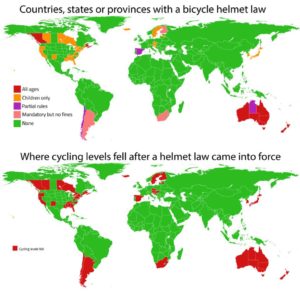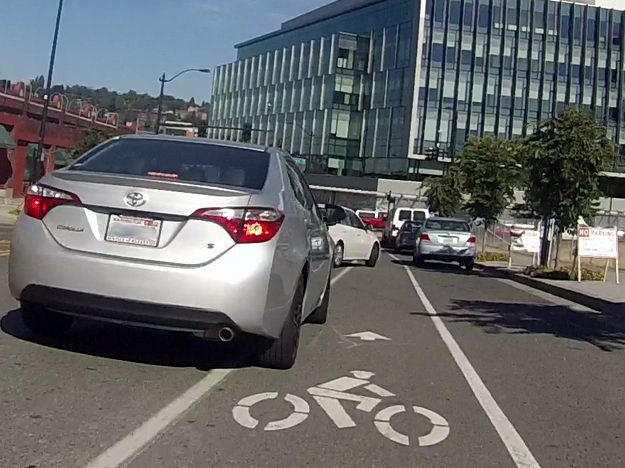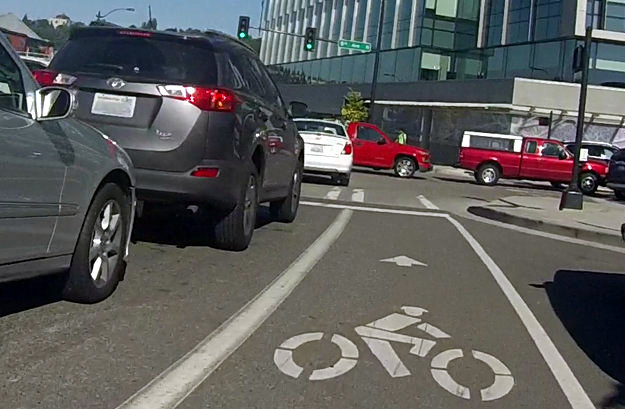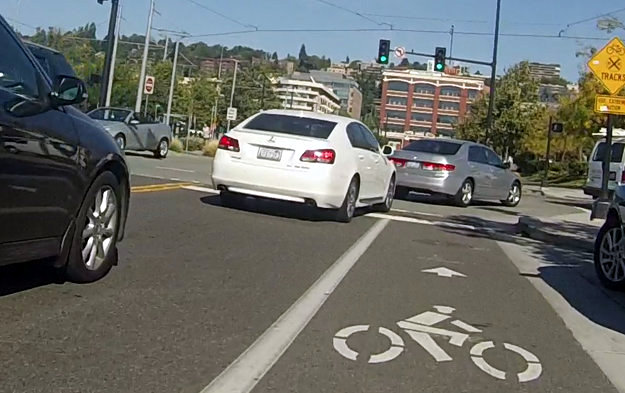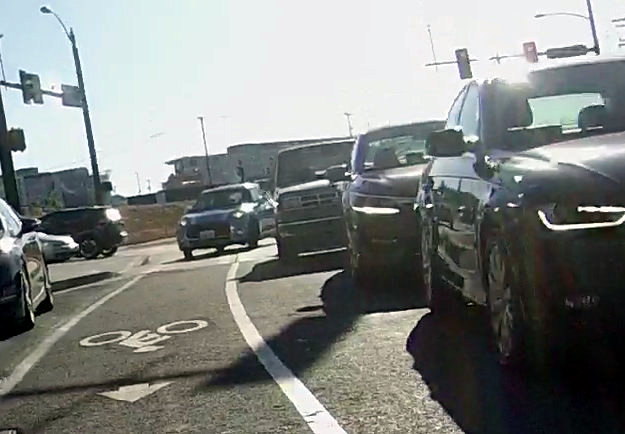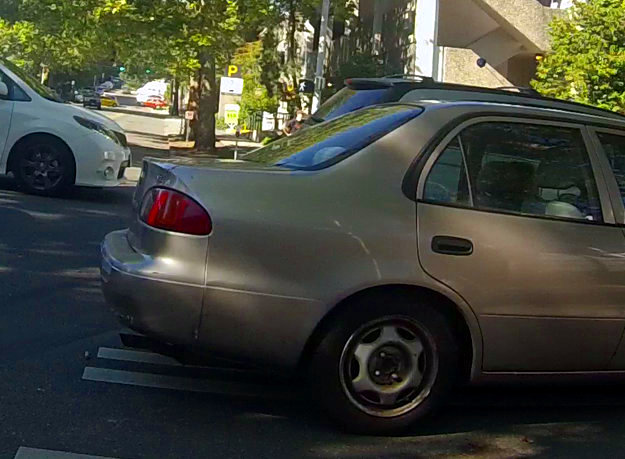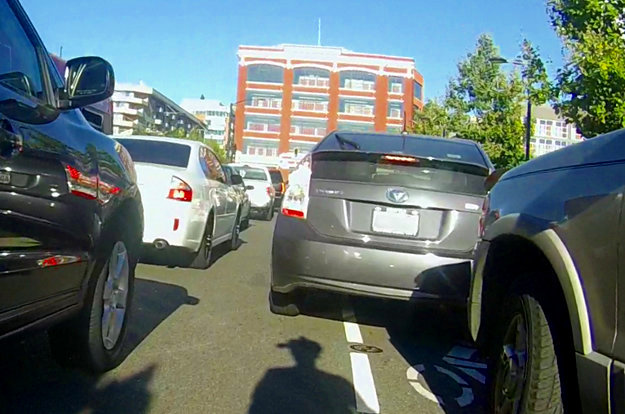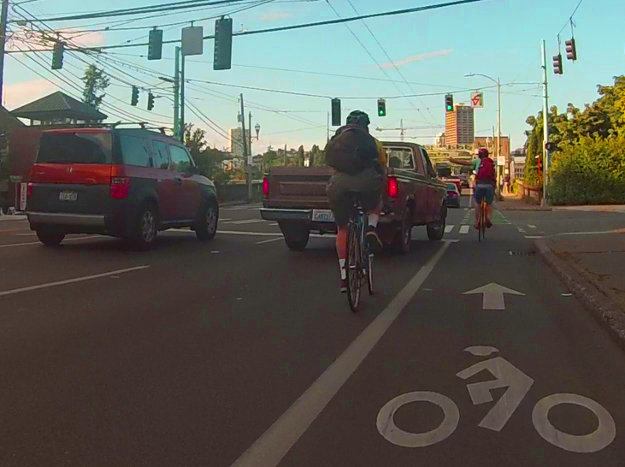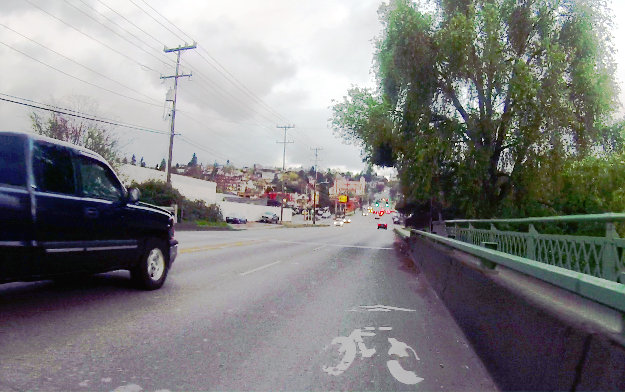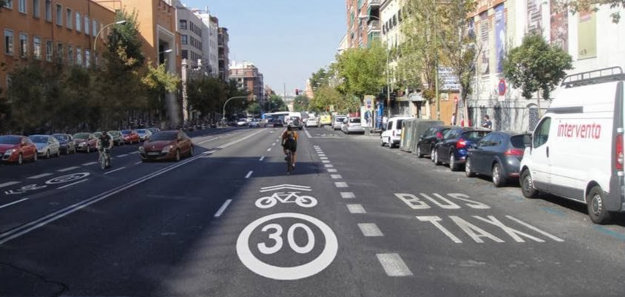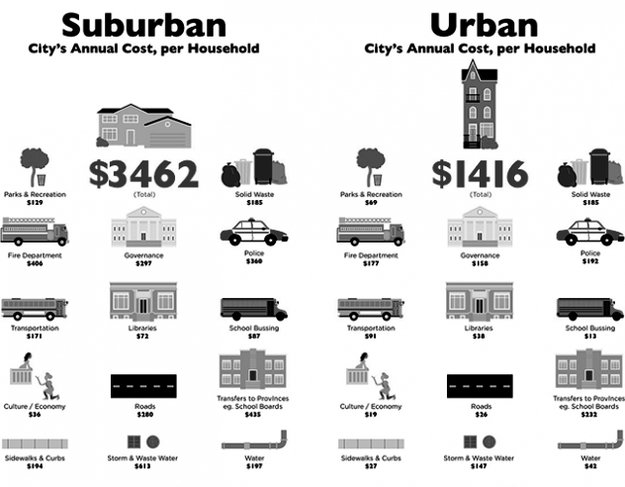The use of a helmet when riding a bike is always a controversial issue. Some people argue that it can save your live in an accident. Some politicians have pushed its use with specific laws just to follow the previous point. Curiously, the same politicians do not ride bikes. They prefer driving cars. They also think helmets are a kind of titanium armor, able to stop bullets and space rockets. I think the statement is false in most of the cases. The true key is that the helmet does not save your life in a car accident, the car speed does. Studies show that the more car speed, the more probability a cyclist has to die. The probability a biker lives in an accident driving the car at 50 km/h or approximately 31 miles/h is less than 10% and it diminishes as car speed increases. Moreover, the low speed bikes reach, normally bellow 25 km/h or 15.5 miles/h, makes it unnecessary. The helmet use is compulsory in some countries and areas. What was its impact on the number of biker use the next months after approving by law? They have discouraged bikers to use the bike.
To sum up, forcing bikers to wear helmet is not a correct way to improve bike use or reduce cyclist deaths. It is better to force cars to drive slower, not to mention the fight against climate change.
